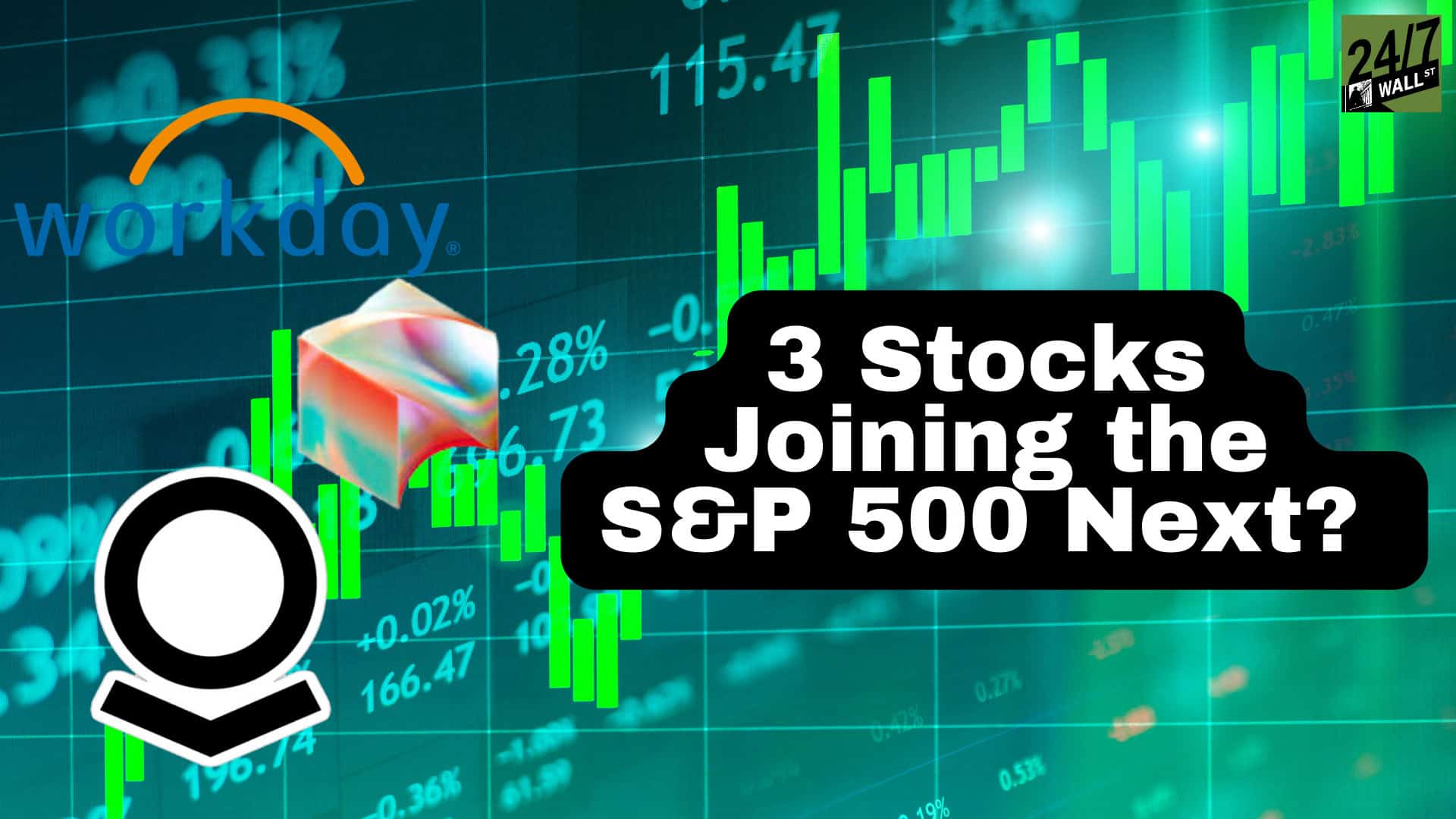Investing
VOO, QQQM, AGG: 3 of the Hottest-Selling ETFs to Own for a Complete Portfolio

Published:

While it’s true that the hottest-selling books aren’t always the best books in terms of quality, bestsellers are more often than not indicative of books people like to read.
The same can be said about the hottest-selling ETFs.
Morningstar recently discussed eight of the hottest-selling ETFs of 2024. This year, ETFs have taken in $680 billion through the end of the third quarter. Interestingly, the eight most popular are also some of the largest U.S.-listed ETFs.
Warren Buffett believes the average investor should own a simple portfolio consisting of just two holdings: 90% invested in a low-cost S&P 500 fund or ETF and 10% in short-term government bonds.
If the Oracle of Omaha thinks it’s a good idea, who am I to argue with one of the world’s greatest investors?
Investors interested in creating a simple, complete portfolio can do so with these three hottest-selling ETFs.

According to Morningstar, The Vanguard S&P 500 ETF (NYSEARCA:VOO) brought in $71 billion in new money in the first nine months of 2024, $21 billion higher than the annual net inflow record for ETFs.
It is the hottest-selling ETF of 2024. Interestingly, the two other S&P 500 ETFs in the group of eight brought in $58 billion combined, $13 billion less than VOO. That speaks to the excellent reputation of Vanguard.
VOO tracks the performance of the S&P 500, a collection of 500 of America’s most significant public companies. However, because of dual-class share structures, the number of stocks is slightly more than 500.
It charges a low rate of 0.03% ($3 per $10,000 invested), which it can do partly because its turnover rate is just 2.2%.
The median market cap of the stocks in VOO is $262.2 billion. The top three sectors by weight are technology (31.70%), financials (12.9%), and health care (11.60%). The top 10 holdings account for 34.5% of the ETF’s $537.76 billion net assets.
Following Buffett’s 90/10 suggestion, you might want to put between 35% and 55% of your portfolio in VOO. I’ll explain the reason for the range in the next section.

The Invesco Nasdaq-100 ETF (NASDAQ:QQQM) tracks the performance of the Nasdaq-100 Index, which includes the 100 largest non-financial companies listed on Nasdaq. Many of these (50.3%) are tech stocks.
It is the open-ended ETF version, while Invesco QQQ Trust, Series 1 (NASDAQ:QQQ) is a unit investment trust with the same outdated structure as the SPDR S&P 500 ETF Trust (NYSEARCA:SPY).
Bloomberg did a good job explaining why Invesco created the QQQM in an August 2023 article. Essentially, it makes little money off the QQQ, with most of the expense ratio of 0.20% going to its trustee, Bank of New York Mellon (NYSE:BK), and Nasdaq Inc. (NASDAQ:NDAQ), the index provider.
With the QQQM, it charges 0.15% but gets to keep the fees charged for itself.
“The intention behind QQQM wasn’t to hoover assets from its older sibling, Paglia (Anna Paglia, Invesco’s global head of ETFs and indexed strategies) says,” Bloomberg’s Katie Greifeld wrote in 2023.
“With its lower fee, QQQM is aimed at buy-and-hold investors, she says, whereas QQQ is beloved among professional traders and institutions for its liquidity and huge universe of equity derivatives. And as an ETF, QQQM, unlike the original QQQ, can engage in securities lending and reinvest its dividends.”
There is some overlap between the S&P 500 and Nasdaq-100 indexes. As of 2020, 79 of the Nasdaq-100 were also in the S&P 500, so only 21 of the index’s holdings are exclusive. That said, the tech weighting in the Nasdaq-100 is 18.7 percentage points higher than the S&P 500.
If you like tech, you could put 55% of your portfolio in QQQM and 35% in VOO rather than vice versa.

The iShares Core US Aggregate Bond ETF (NYSEARCA:AGG) gained $16 billion in the first nine months of 2024, resulting in $117.7 billion in net assets as of November 1.
The common perception among retail investors is that bonds are terrible investments and shouldn’t be held in a growth portfolio. However, they say the best offense is a good defense.
“It’s been 46 months since the bond market made a new all-time high, as the drawdown stretches out to almost four years. It could be argued that we’ve been living through the most difficult period in bond market history,” stated Morningstar contributor Danny Noonan in June.
Bonds provide downside protection that equities can’t. Risk-averse investors should have at least a small portion of fixed-income investments. Buffett’s 10% figure is just right for most individuals still working.
The AGG tracks the performance of the Bloomberg U.S. Aggregate Bond Index, a collection of over 12,000 investment-grade bonds, 43.5% of which are U.S. Treasuries, the safest fixed-income investment you can own, corporate bonds and others.
When the S&P 500 dives, and it will sooner than later, you’ll be happy you have a ballast in your portfolio that charges the same fee as VOO.
If you’re one of the over 4 Million Americans set to retire this year, you may want to pay attention. Many people have worked their whole lives preparing to retire without ever knowing the answer to the most important question: am I ahead, or behind on my goals?
Don’t make the same mistake. It’s an easy question to answer. A quick conversation with a financial advisor can help you unpack your savings, spending, and goals for your money. With Zoe Financial’s free matching tool, you can connect with trusted financial advisors in minutes.
Why wait? Click here to get started today!
Thank you for reading! Have some feedback for us?
Contact the 24/7 Wall St. editorial team.